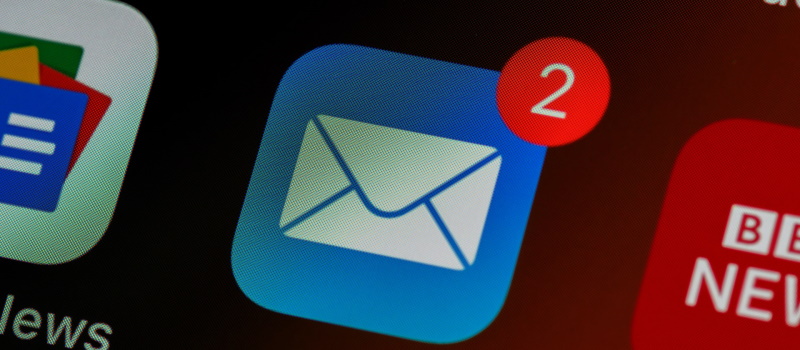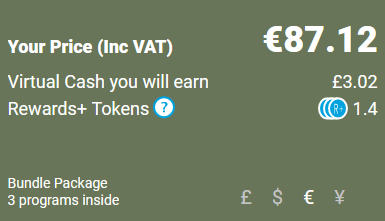Advertising, Business, eCommerce
20 Split Tests You Should Run to Increase Your Sales and Signup Rates
- By Emmett Cooke
- No Comments
19 Jul

A/B testing (AKA split testing) compares two versions of a landing page or marketing asset and measures the difference in performance.
Basically, it’s a competition. You’re letting two elements battle it out for the top spot. You never test more than one variable at once, otherwise it’s impossible to distinguish what’s driving the results.
Knowing which variation works better can help inform future decisions when improving your website copy, email content, or any other aspect of your digital marketing strategy.
It’s an essential practice if you want to increase sales and sign-ups. Led by the data, you’ll be able to craft better campaigns and drive more conversions over time. Here are twenty different tests that you could run to try improve your conversion rates across your ads, emails, or on your website.




 Alternatively, take a look at your Google Analytics information to see where the majority of your customers are located and make a decision from there.
Alternatively, take a look at your Google Analytics information to see where the majority of your customers are located and make a decision from there.
Facebook A/B tests

-
Automatic vs edited placements
-
Test multiple audiences
-
Single image vs carousel
-
Long vs short headlines
-
Long vs short videos
Google Ads A/B tests

-
Short vs long headlines
-
Automated vs manual bidding strategy
-
Dynamic vs non-dynamic text
-
Two landing page versions
-
Different targeting options
Email A/B tests

-
Email Headline
-
Send without prices
-
CTA button text
-
Different times
-
Personalisation
Website A/B tests

-
CTA placements
-
Banner images
-
Short vs long copy
-
Different Currencies
 Alternatively, take a look at your Google Analytics information to see where the majority of your customers are located and make a decision from there.
Alternatively, take a look at your Google Analytics information to see where the majority of your customers are located and make a decision from there.
-
Sign up forms



